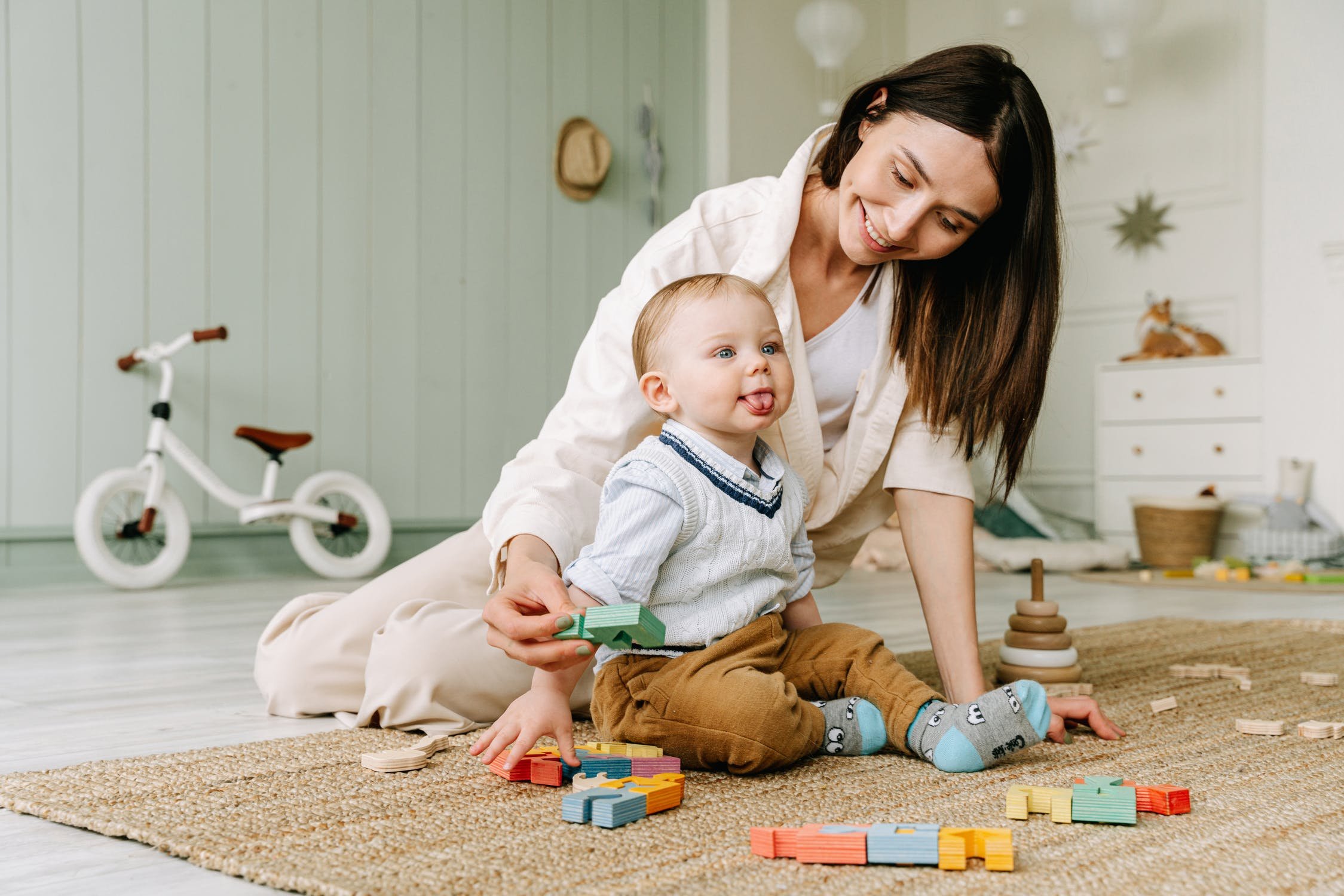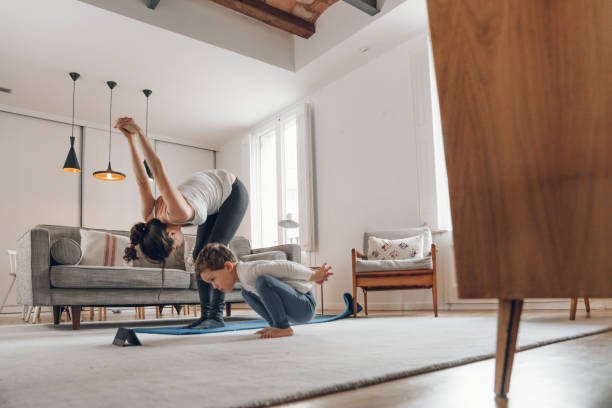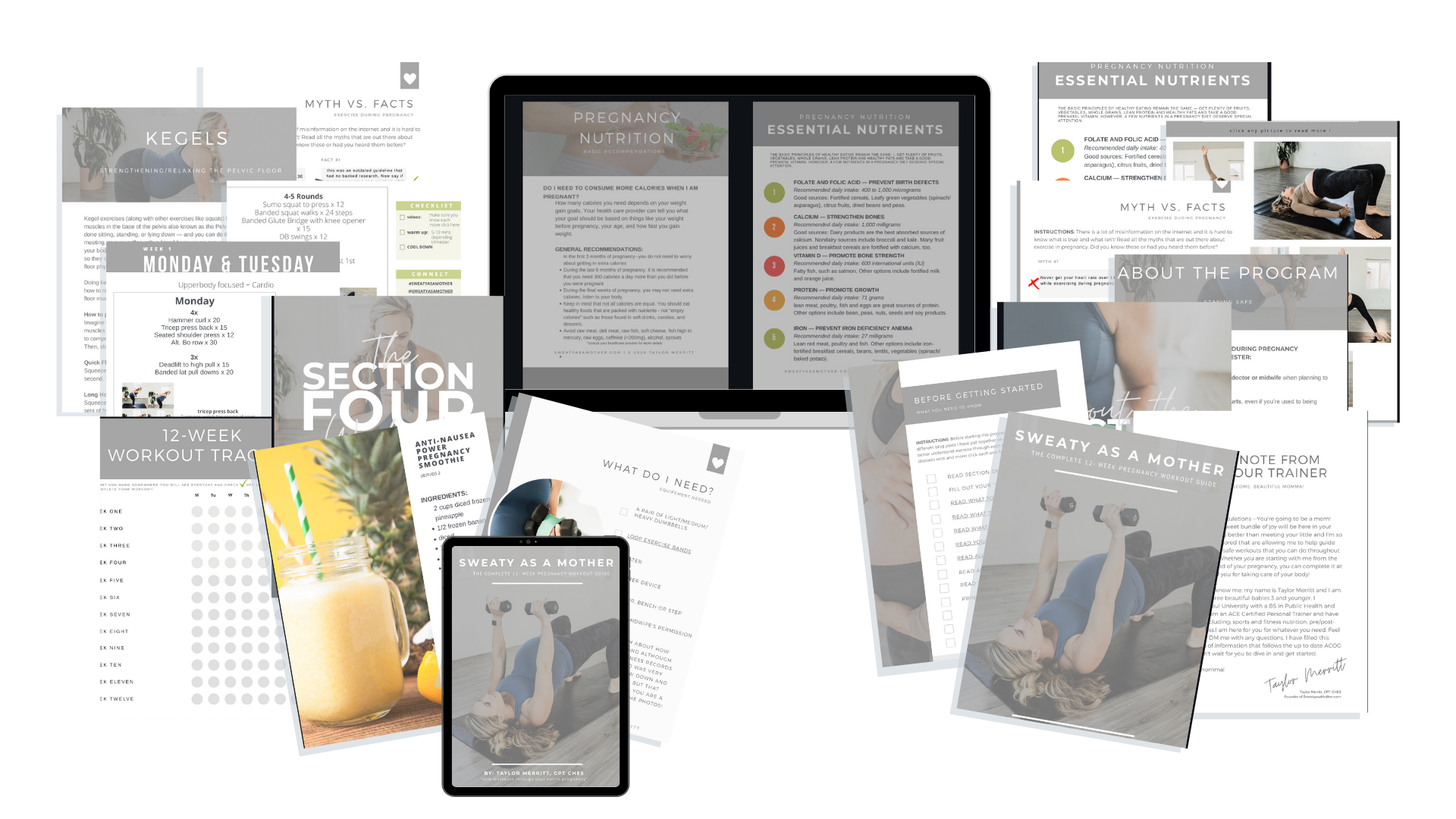Mom and Baby Time: 7 Learning and Fun Activities with Your Baby
By: Katie Pierce
Between naps, feedings, and diaper changes, your baby will be awake and alert, eager for lots of cuddling, discovery, and playtime.
Several simple and entertaining activities can help boost your baby’s development and elicit lots of adorable grins and giggles. Every experience is new to your little one, so every activity or interaction with you is an opportunity for bonding and learning. Also, note that most of your baby's learning in their first year will occur naturally as you talk, read, make faces, and interact with them every day.
Try these seven enjoyable games and activities with your baby, and watch how their eagerness to learn and bond with you grow!
1. Touch and Texture
Learning through touch and texture allows your baby to understand what objects are and how they feel. Even if your baby cannot verbalize yet what they are experiencing, they will learn what sticky, prickly, rough, smooth, and fluffy feels like on their skin.
Introduce different textures, and make learning fun with colorful baby kits and sensory boards. Sensory boards, also known as busy boards, are a fun way for your baby to experience different textures in one place. Cut little squares of various colored and textured fabrics and materials and attach each square to a poster board. Let your baby explore and examine each texture with their hands.
2. Discovery Basket
Much like a sensory bin, a discovery basket lets your baby explore unique objects. Discovery baskets allow babies and toddlers to observe new items in a secure and supervised setting while also giving them the freedom to explore the contents at their own pace. They offer children the opportunity to use all of their senses while learning new things.
Simply fill a basket with kid-friendly items of all shapes, sizes, and textures. Consider a basket of kitchen tools, which may include everything from dish towels and spoons to colanders and plastic jars. Alternately, you can make a musical basket with objects that rattle, bang, and clang, such as measuring spoons, wooden ladles, and muffin trays.
3. Fingers and Toes
Babies find their fingers and toes fascinating. When your baby's attention is drawn to their hands or feet, talk to them about what they’re seeing and touch and count out loud each finger or toe. Sing a song or recite a nursery rhyme, such as “This Little Piggy” or “Five Little Ducks,” as you count each digit.
Repeat this activity several times because repetition (in a fun way!) helps children remember the sequence of numbers. Movement and rhymes also help children remember sounds.
One of the best things about this activity is that you can do it almost anywhere and anytime. You can count fingers and toes in the bath, before bed, or while waiting at the doctor's office.
4. Building Blocks
Blocks are one of the most basic types of toys, yet they are far from boring. Blocks are universally engaging, and while your child discovers the delights of building and stacking, they are also learning a lot. Playing with blocks enhances their motor skills, hand-eye coordination, and problem-solving abilities.
Your toddler will enjoy stacking blocks as high as they can and then seeing what happens when they knock them down. Your little one will develop dexterity and explore concepts like cause and effect, early math, and geometry.
5. Puppet Play
Puppet play is a fantastic educational tool for children. These handheld toys have the potential to boost memory, language skills, creativity, social awareness, and more.
Playing with finger puppets helps develop your baby’s fine motor skills and hand-eye coordination. They also help children build empathy and appreciate different perspectives.
You may buy finger puppets online, but you can also get creative and craft your own hand puppet out of an odd sock and some stick-on eyes. Play peek-a-boo, sing silly songs, and shower your little one with kisses using the hand puppet.
6. Reading Aloud
Reading aloud to your child has several advantages, but it is especially crucial for laying a solid foundation for their learning journey. Starting early is critical since the root of language development is forming in your baby's brain even before they start talking.
Reading aloud to your child teaches them how to communicate and introduces them to concepts like the alphabet, numbers, colors, and shapes. It also teaches your baby about their surroundings and develops their memory, listening, and vocabulary skills.
Hearing new words while looking at colorful pictures will stimulate your baby's brain. The more words your baby hears, the more words they will learn over time.
7. Making Music
Music can be fun and soothing for you and your baby. Listening to music together is a wonderful bonding experience, so turn on some relaxing tunes, hold your baby close, and sway to the beat.
Exposing your baby to music can also help them learn and master complex language concepts faster. A 2016 Institute for Learning & Brain Sciences (I-LABS) study found that a series of music-themed play sessions boosted 9-month-old babies' brain processing of both music and new speech sounds. Singing, pounding on a drum, or shaking a tambourine develops the same parts of your baby’s brain required to master a language.
Conclusion
From sensory play that stimulates your baby’s senses to creative play that helps your child’s imagination grow, there are countless activities you can do together to help your little one to develop and learn.
Check out our blog for more ideas to keep your baby entertained as they explore and discover the wonders of their growing world.
The Complete Pregnancy Workout Guide includes a 12 weeks, of moderate to low-impact workouts that can be followed and repeated throughout each trimester, nutrition recommendations, exercises to help keep core and pelvic floor strong, preparing for labor/delivery and more with over 80 pages of the most up-to-date information!
In the beginning you will work to create a solid foundation to tone muscle, increase circulation, and endurance.
As the weeks progress, you will work to increase your strength and stability and help minimize pregnancy aches and pains.
Staying active will not only boost your stamina and strength, but can relieve stress and prepare for delivery.
Each week includes resistance and strength training as well as active recovery and yoga. Active recovery includes prenatal yoga and core workouts to get your body ready for delivery to meet your sweet baby or babies!
When to Start Pregnancy Exercises
The best time to start pregnancy exercises is when you discover you are pregnant.
The second best time to start pregnancy exercises is now. Of course, get the green light from your midwife, OB-GYN, or doctor before beginning any pregnancy exercises.
This 12 week workout plan has exercises that are safe throughout your entire pregnancy and can be done from home or anywhere!
Over 100 different exercises with photo and/or videos.
PDF format that is available to use on iPhone/iPad/Android/Kindle/Computer.
Equipment needed: Dumbbells and loop band
Let’s get #Sweatyasamother together







